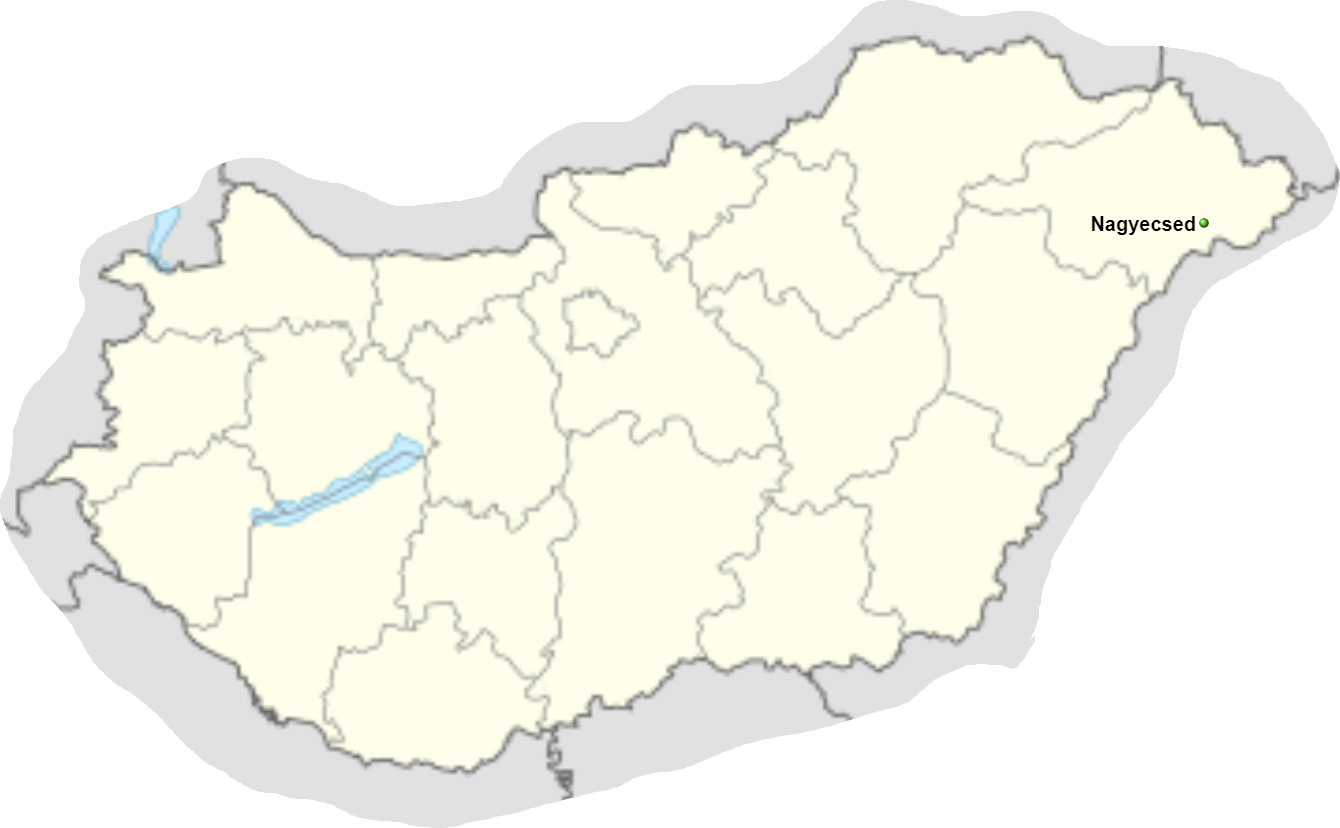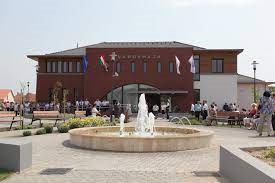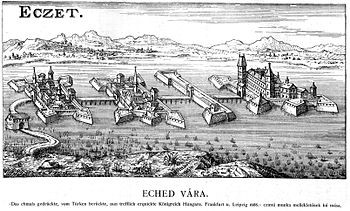Nagyecsed town is located in Szabolcs-Szatmár-Bereg County. The name of the settlement appears for the first time in 1220.
Ecsed was the property of the Gutkeled clan. Ecsed was a fortified settlement with a stone wall,and the whole was surrounded by water. In 1317to the disloyal sons of Dorog was acquired by the sons of the relative Báthori Bereck, then half of Ecsed was also bought from Dorog’s nieces.
The sons of Bereck Bátori fought on the side of King Robert Károly against the oligarchs, therefore the king allowed them to build a stone or wooden castle in the swamps of Ecsed. Later, its owners were the Báthori, and in 1492 it was strengthened by András Báthori. In 1530, the castle was in the hands of János Szapolyai. In 1648, it became the property of Prince György Rákóczi I. In 1688, the castle and its manor were the inherited property of Julianna Rákóczi and Ferenc. In 1711, after the loss of the War of Independence, the pledged property was seized by the treasury.After the Peace of Satu Mare (1711), the Ecsed castle was handed over to the emperors, who ordered its destruction. From the beginning of the 18th century, after the destruction of the castle, the situation of the settlement became more and more difficult, it lost its former city privileges. In particular, it was in constant conflict with its new owner, Count Károlyi, since in 1746 they acquired the Ecsed manor. The beginning of the development of Ecsed was facilitated by the draining of the Ecsed swamp in 1898.
At the same time, the development of the settlement began. After drainage, the increased arable land allowed the development of agriculture.Significant progress began in the settlement after 1956, when it reached its largest population. The village’s second reformed church was also built, a cinema and a shop were built, and the primary school was expanded. In 1965, he received a high school in Nagyecsed. At that time, the cultural center was built, which also housed the library. Investments were made in infrastructure: gas and telephone networks were built, the road network, the quality of institutions and commercial supply were improved.
The settlement first applied in 1994, but it was only the second time that it was able to obtain city status. This has given him a huge opportunity for further development, which he is trying to take advantage of.




